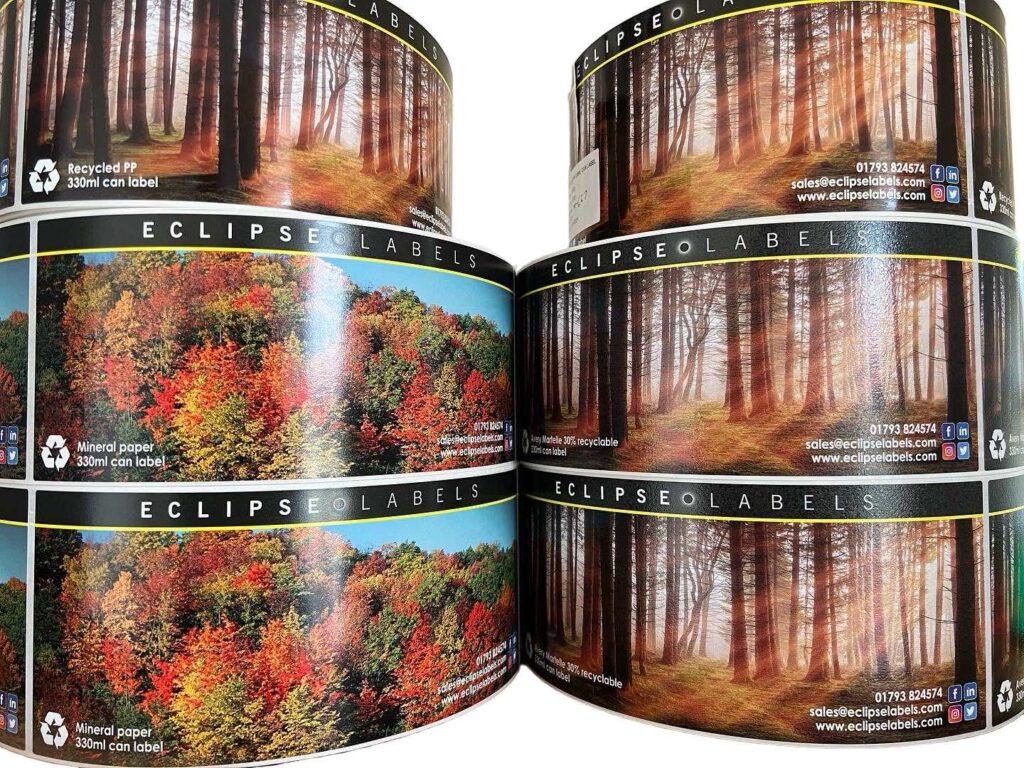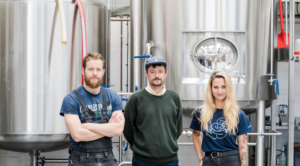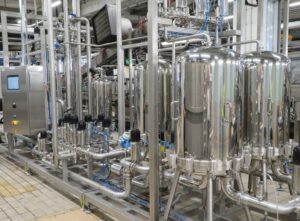The craft brewing industry is, like every manufacturing sector facing sustainability challenges, driven by customers and retailers alike. Everybody needs to be seen to be doing their bit, explains Martin Usher of Eclipse Labels.
One of the most significant challenges is the carbon footprint of beer production, which contributes to climate change and, to address this issue, some breweries are taking action to improve their sustainability credentials.
There are the well-worn traditional routes to reduce your footprint, like power consumption, water usage, electric vehicles etc but not everyone considers label usage to be somewhere they can look to reduce carbon.
With beer temperature as close to zero degrees as possible and cans, or bottles at room temperature a lot of condensation accumulates during the filling process.
It’s a tough test for adhesives and print alike and, generally paper just won’t do the job, although there is one exception but not advisable without the most rigorous testing! Certain types of ink can chip when cold and wet, not ideal for a drink that we all love to drink cold!
Due to these super wet, and cold conditions many label printers need to apply a laminate to protect print, effectively doubling up on the carbon footprint for the label! With all these challenges, labels are often overlooked. 10 years ago eco label options were expensive, with huge MOQs and ridiculous lead times…not now, its very achievable!
We can supply the most sustainable options for cans and bottles with a range of eco materials, printed with durable inks that don’t need a laminate…and, that work on your filling lines.
There are PP materials made from Post Consumer Recycled (PCR) plastics, the stuff that’s collected from your doorstep! There’s even an Ocean friendly PP, made from PCR plastics collected from recycling centres near the coast.
The most popular, at the moment, is a PP that is made from the by-products of wood and paper pulping meaning, no new fossil fuels are used to manufacture it! This material can cut your carbon footprint on label usage by almost 50%.
Through our supplier, we can input your current material and how many cans/bottles you use annually and give you a carbon saving figure in KGs and what that equates to in terms YOUR customers could understand. For example, one of our customers saved the equivalent of driving a car 5,300km, the material also used 7% less water, and 1% less power than it takes to manufacture a standard PP material.
Additional to the PP range, we have a material that is classified as a paper, not a plastic and made from 80% rock dust! It has a small amount of PE resin to bond the dust together and is quite a hardy material and used under quite harsh conditions. It prints really well, feels different and very premium and is a great story for your brand. We have several customers using it, and fits in really nicely into the range of eco offerings.
All these materials are available on white or clear (clear not available on the rock dust material, unsurprisingly!), print quality, and performance on application is as good as the standard material. If you would like to find out more see details at the bottom.









